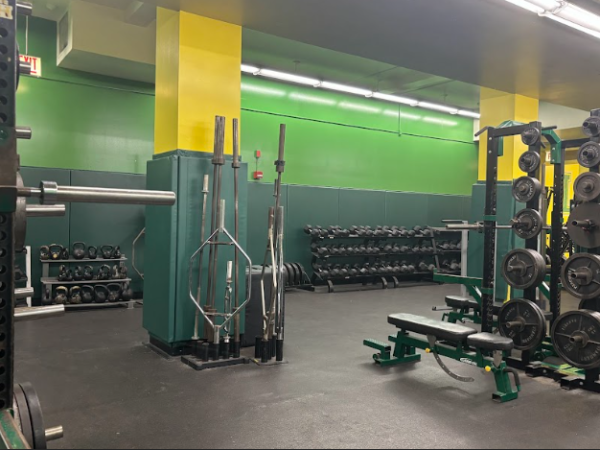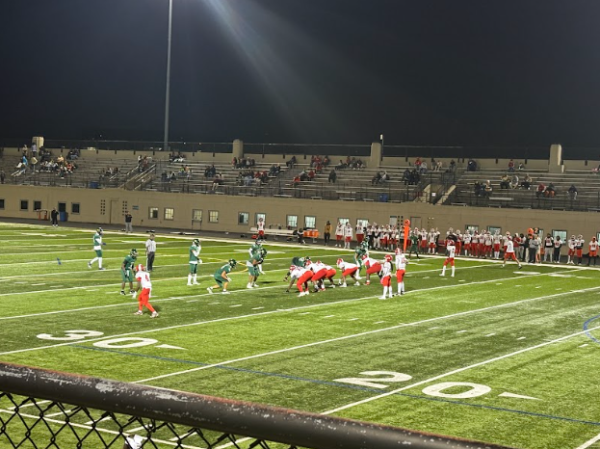Rowers find rhythm with CRF
A body of water surrounds you and with one oar held tight in an unrelenting grip, the currents are swept behind. The coxswain, your guide and only aid to the vast expanse at your back, yells “Row!” and in a rhythmic unison, your boat passes all the others.
The Chicago River becomes the home of Lane students for two hours a day, six days a week, in their practice to become the best.
Located west of Lane Stadium is the Chicago Rowing Foundation’s boathouse. Relocated in mid-October of 2013 and renamed (previously Lincoln Park Juniors), the boathouse is open to people of all ages.
Rowing consists of an eight‐ or four‐seated shell, one oar per rower. While on rivers and small lakes, they must simultaneously follow the movements of the rower in front of them.
“It requires a lot of focus. You have to focus on your speed and your form and it’s hard, but the coaches do their best to help you and make you a better rower,” Lane rower Celia Rodriguez, Div. 673, said.
Back in early March when the snow was still lingering and it was not yet warm enough to begin the spring season of rowing, freshman and sophomore gym teachers took their students for a small tutorial in which they engaged in two activities. Both accurately simulated the activity of rowing.
In one room they were introduced to the rowing machines, called ergs, which display the rowers’ average speed and their distance. The other room was a rowing tank, a room with three rows of seats and two indoor ponds. This tank room gave these students a more in-depth view into the sport, minus the actual feeling of being on the water.
The Chicago Rowing Foundation (CRF) has ten different teams, divided into males and females. As early as seventh grade, one can begin to row with CRF. Those who continue can row throughout their high school career, (both novice and varsity teams), in a summer collegiate program, and in the masters rowing program (both competitive and recreational).
Additionally, a new adaptive rowing team is in place for the for those with disabilities. Rowing is offered for a variety of age groups, whatever their experience, according to the CRF website.
As of last year, the cost of rowing as a CRF member ranged from $300 to $1400, but the fee at the beginning of each season changes depending on where each team travels to for their races, also known as regattas. The fee may be paid all at once or in installments, but it is all inclusive of meals, lodging, traveling, and additional coaching before such races.
While the fees are necessary for the regattas, CRF offers financial aid for those who need it.
When registering, a rower may fill out a form for financial aid, stating the amount they feel most comfortable paying and CRF does their best to make that amount a possibility.
“Rowing is a very elitist sport,” said Nadine Ibrahim, varsity female lightweight coach. “In England, it is very expensive and it is a very rich sport and bringing it to the Midwest, there are some issues, especially in big cities like Chicago. We don’t want it to be so segregated. That is really one of the fundamental ideas that it was founded on.”
Your donations directly fund the Lane Tech student journalism program—covering essential costs like website hosting and technology not supported by our school or district. Your generosity empowers our student reporters to investigate, write, and publish impactful stories that matter to our school community.
This website is more than a publishing platform—it's an archive, a research tool, and a source of truth. Every dollar helps us preserve and grow this resource so future students can learn from and build on the work being done today.
Thank you for supporting the next generation of journalists at Lane Tech College Prep!











